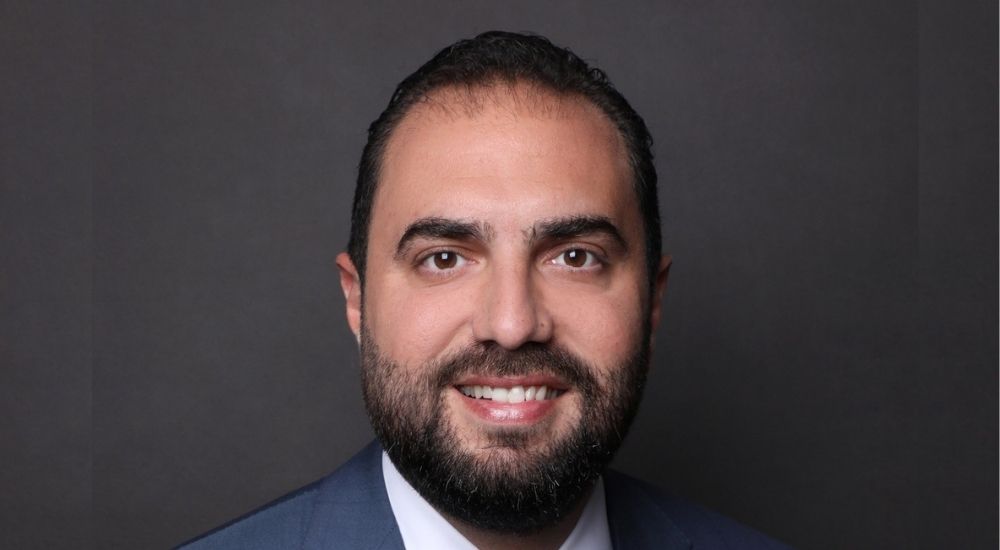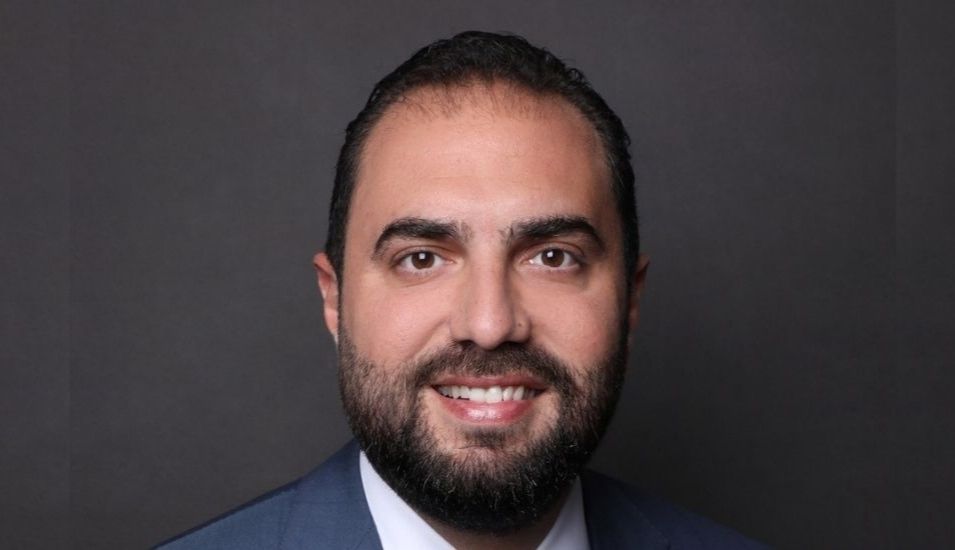As lockdowns swept the region last year, a host of pressing points emerged. Isolation, interrupted routines, expanded work volumes, job uncertainty and financial concerns, all conspired to bring issues of mental health to the fore. But physical health also took a blow, as many struggled to cope.
The idea that mental and physical health are inextricably linked is not new. A change in mood can have a physical underlying cause, such as a hormone or vitamin deficiency; and pain can be a manifestation of stress or anxiety. This is also true for the relationship between chronic long-term illnesses and mental health.
Research shows, for example, that someone with diabetes is twice as prone to depression as someone without. And those suffering from depression are around 60% more likely to develop back pain in later life, that those who are not.
Insights commissioned by Aetna International from over 1,000 workers across the UAE in September 2020 showed that 81% were more concerned about their mental health than they had been in previous years, and 88% were now worried about their physical health. With this rising demand, there is an increasing focus on providing holistic care to patients.
As health concerns escalated, another medical trend swept the UAE. Data from Aetna’s telehealth service, vHealth, showed a 500% increase in the use of the service between March and September of 2020, compared with the same period in 2019.
But telehealth is not a Covid-19 phenomenon and has been available in the region for a few years, the Dubai Health Authority’s Doctor for Every Citizen, launched in 2019, is just one example of how governments have prioritised telehealth for cost-effective, high-quality medical care.
The fact that its launch predates the pandemic shows how the authority viewed telehealth as an important part of primary care provision, independent of public health crises.
Consultations reduce the number of wasted visits and cut back on expensive diagnostics and unwarranted medication. In the long run, telehealth makes primary care more effective by addressing patients’ physical and mental needs, where they are, and drastically cuts the costs of care along the entire system.
But leaving aside the obvious impact that Covid-19 has had on the accelerated adoption of telehealth, there are a few drivers that make telehealth a key cog in the primary care model.
The first is convenience, across the Middle East, telehealth services afford ready access to experienced doctors and some services, like vHealth, even take it a step forward by combining primary care with concierge-style diagnostics and prescription services, where patient samples are taken and medicines are delivered to the office or home door.
Recent research from Aetna International revealed 54% of UAE expats to be enthusiastic about the use of telehealth services in primary care, even higher than the global average.
Second, telemedicine doctors provide the full range of primary care. They take patient histories, considering the physical and mental effects of a range of afflictions; they use accredited assessment tools to ensure accurate diagnoses of health disorders; and they work with patients to determine the right treatment. This could take many forms.
Perhaps self-help techniques and lifestyle changes are sufficient, for example, a sufferer of back pain may be advised to adjust their diet, exercise, and posture in the context of working from home. The treatment plan could also address the implications of comfort eating and sedentary behaviour.
Or the patient may require referral to a specialist for further assessment or ongoing support. This is more difficult to achieve if the patient is consulting more than one medical professional in isolation.
Third, over the last year, those living with chronic health conditions have been hit particularly hard by the pandemic restrictions. But things improved for such patients who had access to telehealth.
Across the region, those with chronic conditions were able to consult experienced doctors to get ongoing advice about personalised treatment plans and care management, with the option of re-fill medicines delivered to their location.
All the advantages of telemedicine are supplemented by the fact that because the services cost providers less to deliver, they can remind and encourage patient engagement with low cost, or even free, consultations. This, combined with the convenience factor, means people are more likely to consult physicians at the first sign of trouble, leading to more positive treatment outcomes.

Effectiveness, convenience and cost to be able to optimise these components for the improvement of our health is a gift we should not overlook. The pandemic reminded us all of the importance of primary care that sits at the heart of early prevention, appropriate treatment and ongoing care. That telemedicine can be the vehicle for primary care while delivering much-needed holistic solutions is a significant bonus. It is little wonder therefore, that medical professionals across the region believe telehealth is here to stay.
Key takeaways
The idea that mental and physical health are inextricably linked is not new.
Insights from 1,000+ workers across UAE showed 81% were more concerned about mental health than they had been in previous years
With rising demand, there is an increasing focus on providing holistic care to patients.
Aetna’s telehealth service, showed 500% increase in use of the service between March and September of 2020.
54% UAE expats enthusiastic about use of telehealth services in primary care, higher than global average.
Effectiveness, convenience and cost to be able to optimise these components for the improvement of health is a benefit we should not overlook.




